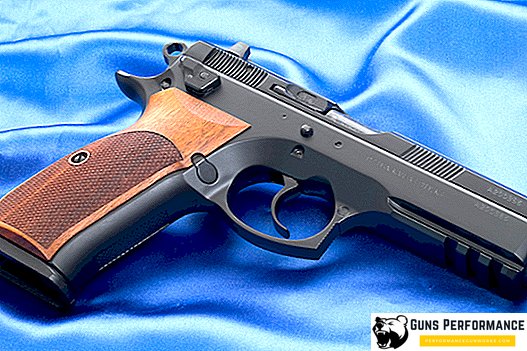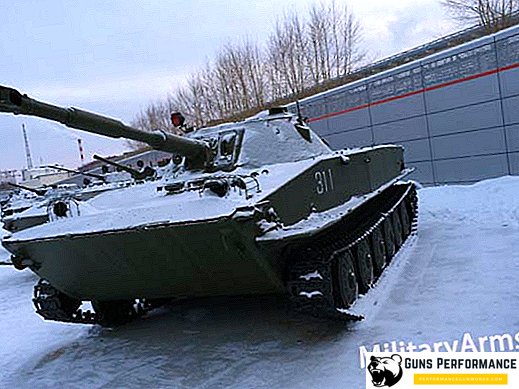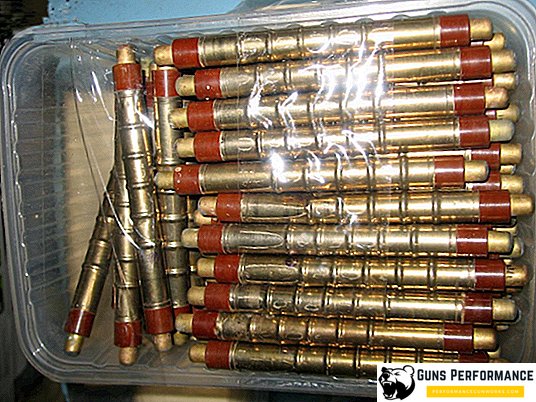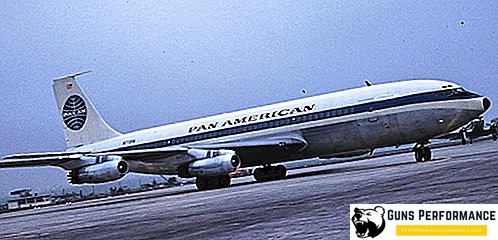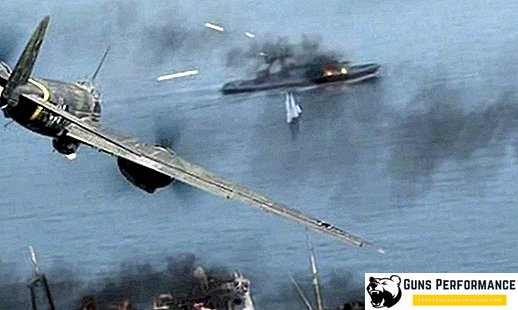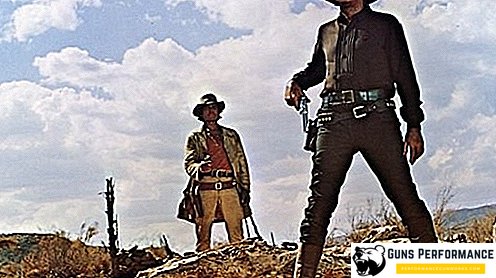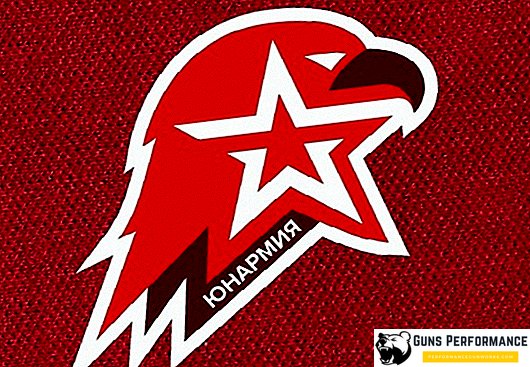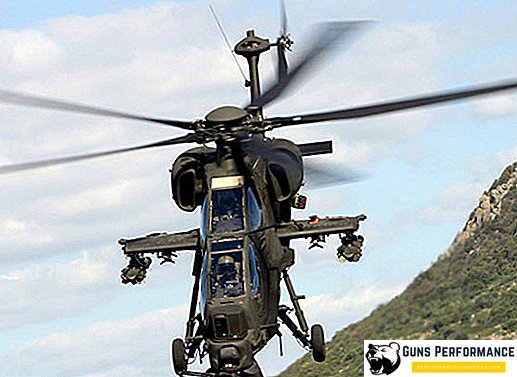
Blue berets as a headdress are Russian military personnel of the airborne troops and the special forces of the GRU (Main Intelligence Directorate). Berets have their own history of origin and their reputation. All airborne troops are proud of the blue berets, as they are the most recognizable attribute of the military uniform of Russian paratroopers. Such soldiers can be seen from afar, and they themselves do not hide their belonging to the elite troops. As is known, the Airborne Forces in our country are traditionally considered the most prestigious troops in which the majority of young people of military age, as well as contract servicemen, wish to serve.
Takes as part of military uniform
Military uniform for the airborne troops claimed in the late 60s of the last century. The berets were introduced immediately as a uniform pattern of headgear for the Airborne Forces. They were worn before, especially berets were distributed among the military personnel of foreign countries.

The fashion for berets in military uniforms was introduced almost simultaneously in Britain and France during the First World War. Later this fashion was adopted by Germany, and behind it the United States. After the Second World War, this tradition spread even more to other countries.
From the history of blue berets
Until the Soviet Union, this fashion reached only by the 60s. Interestingly, the Marines were the first to wear this headgear. In Airborne Berets appeared in 1967. Few people know that the original berets were not blue, but crimson. Although the blue color in the landing form and then there was (edging and shoulder straps). The crimson color of the berets was proposed by the artist Zhuk, who borrowed this color from the paratroopers of other states.
Crimson color was not the only one. The artist showed two versions of color solutions to General Margelov. In addition to the crimson, there was also a protective coloring. Berets of this color were planned to be worn as everyday, although this remained only a project. The crimson berets seemed to "uncle Vasya" more suitable for parades, and he did not approve the daily version.

In 1967, the Airborne Troops were given the chance to appear at a parade in crimson berets. However, the paratroopers did not long pass with this color of berets. For unexplained reasons, the High Command decided to change the color of the berets. It is not excluded that official party leaders reacted to the crimson color with suspicion, and, perhaps, did not want to have anything in common with the color of the berets of the Airborne Forces troops of capitalist countries.
In addition, there is another version that states that the blue color is associated with the sky, which in turn could be most suitable for paratroopers. In general, there is no exact information about the reasons for such abrupt changes in the color of the beret.
In 1969, the colors were changed to the one that is observed today, on the blue. In addition, there was no daily and ceremonial version of the berets, which could differ in color.
"Guards Corner" - okolysh on the beret of the Airborne Forces
Red badges were attached to the berets of the paratroopers, which were worn on the left side of the berets in everyday life, and during parades they were tilted to the right side. Later, this badge - a booze on the beret of the Airborne Forces began to be worn in all the connections and parts of the Airborne Forces. However, there was no standardized its size.
And since 1989, at the legislative level, the obligatory wearing of uniform badges by all airborne troops has been fixed. These badges were flags that were made of brass or rondol.

Since 1995, okolysh first began to be made with the image of the Russian coat of arms. Subsequently, it was adopted together with a modified military uniform, and this was fixed at the legislative level. Appropriate changes to the military uniform paratroopers made in hindsight. This was the decision of the Head of the Central Apparel Department of the Russian Ministry of Defense in July 1995.
Such bandages are a great value for their owners. Especially those who, with their own hands, created craftsmen before 1989. Moreover, most okolysh, made before 1989, are rare works of folk art and are very appreciated by collectors.
Step by step instructions how to beat off beret
Initially, it is issued to a soldier in the form of a disk, which undoubtedly looks very ugly on the head. In order to give it a presentable appearance, the soldiers beat off their berets, which is a very simple procedure and is carried out with the help of improvised means.

First you need to scissor cut the lining in the beret, but leave the liner for the cockade. Then immerse the headgear in hot water for two minutes until it is completely decanted. Next, get a hat, slightly squeeze, insert the cockade strictly in the center (you should be guided along the liner inside the headdress), put it on your head and tighten it with a string on the back of your head
Without removing the headgear, with the help of hands, smooth in the necessary directions. The left side is smoothed back, the crown is smoothed to the right side, thus creating something like a half-disc in the right ear.
The arch for the cockade is done like this: the cockade is held with the left hand, and with the right hand it is smoothed from the top forward, forming a cant.
After giving shape to the headdress, his improvement continues. To do this, shaving foam is taken and applied to the headdress, and very much. Next, you need to moisten your hands with water and rub foam, not much pressing on the hat.
When all the divorces with white spots are removed, a final inspection should be made for the presence of defects and eliminated. Under no circumstances should you take a beret, it takes about 1.5 hours to go through.
After the beret dries on the head, it is dried on the table or battery. In order for the beret to become as solid as possible and to keep its shape for a longer time, craftsmen advise spraying the hairspray inside the headdress.
That's all, takes ready. It remains only to cut the plastic card so that it coincides with the size of the cockade. Two openings are made for the antennae of the cockade, a cockade is inserted, after which the cut-off plastic card is fastened inside and the antennae are pulled apart. This will give the cockade a more stable, fixed position. If you check the box on the left side, then you need to do it smoothly and not very far from the cockade.
Berets in Russian and other law enforcement agencies
Currently, blue berets are the most recognizable attribute of the airborne troops, equally with the white and blue vest. Recently, in general, berets are widespread, and the spotted vetted beret has become especially popular. The latter have the right to receive servicemen of only a few special units of the Ministry of Internal Affairs.

In addition, the spotted berets are worn on the left side, and the blue ones on the right. The only exception for the blue berets are only parades, when absolutely all servicemen have to wear their hats on the left side, in accordance with the protocol of events. You should also be aware that berets with blue colors are present in the armed forces of other states. For example, blue berets are worn by the UN military, although the shades of the beret of the Russian Airborne Forces are different from all others.


